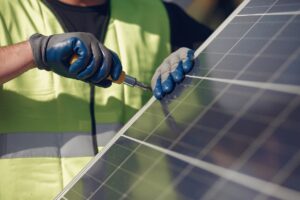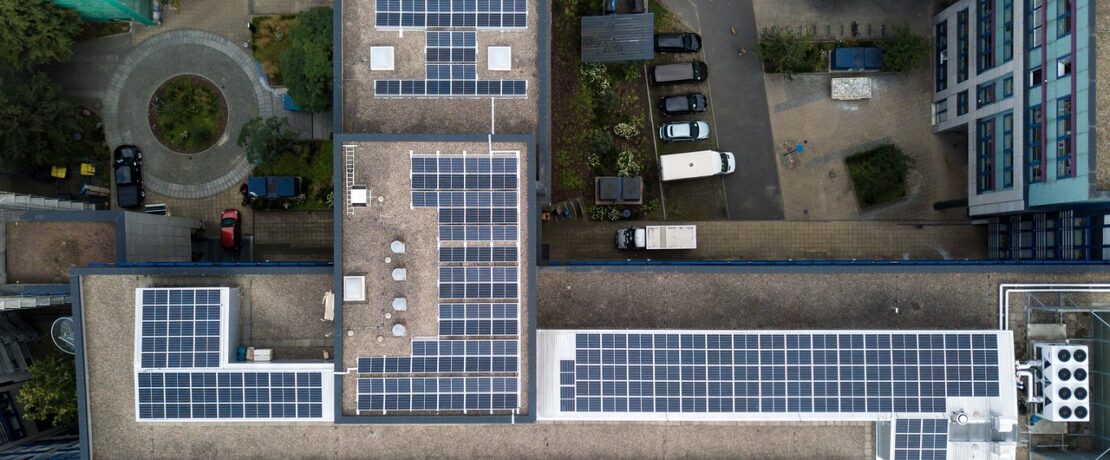Rooftop solar in Bucks
We were extremely pleased by the recent decision by Bucks Council to install solar panels on at least six Council-owned buildings already this year, with more likely to follow. Well done Bucks!
This is a very timely development: in order to meet net zero emission targets, the UK government has set a goal for solar power to contribute around 30%, or 70 gigawatts, of total energy demand by 2035. The Department for Energy Security and Net Zero also recently announced a new Solar Task Force charged with pushing steps necessary to meet those aims. At the same time, CRPE has launched a campaign to promote rooftop solar, urging the government to take advantage of the capacity of roofs for generating clean energy and reaching net zero emission goals. As part of the campaign, CPRE commissioned a study from scientists at UCL Energy Institute to look at the potential of different renewable energy sources to help meet future energy demands. The study concluded that solar installations on roofs and car parks could contribute over half of the national solar energy target of 70 GW by 2035. Moreover, those installations were judged to be economically competitive with ground-mounted solar farms, but without the negative impacts on food security or nature values.

In line with the national campaign, we decided to look at rooftop solar potential more locally. Here is what we did: We started by randomly choosing three different industrial and commercial regions in Buckinghamshire and Milton Keynes, and used the measuring feature in Google Maps to estimate the roof area suitable for solar installations on the various buildings. We also measured the size of the land that the buildings were on, to allow us to calculate what percentage of plots consisted of solar-amenable rooftops. Adding up our measurements, we found that there were around 29 hectares of rooftops suitable for solar panels on the three sample sites combined, corresponding to slightly over 12 % of the total plot sizes. This may well be an underestimate, since the UCL report which took into account the slanting of roofs suggested that between 27 and 48 % of total plan area consisted of roofs suitable for solar panels.
Land use statistics for England from 2022 show that Buckinghamshire and Milton Keynes together have 784 hectares of land used for industry, offices, retail, storage and warehousing, and another 1,632 hectares for community, leisure and recreational buildings. If 12 % of those areas could be used for rooftop solar as our measurements indicated, there would be capacity for 292 hectares of roof-mounted solar panels in the Buckinghamshire-Milton Keynes region. Using conversion factors from the UCL study, we calculated that 292 hectares of rooftop solar panels would have a peak capacity of 526 MW, contributing just under 1 percent of the 2035 UK target for solar power. Although this may sound like a modest number, it is proportional to the fraction of developed English land that is located in Buckinghamshire.
To conclude, it is heartening to see efforts in both local and national government to meet the move to greener energy, and studies such as the one from UCL and our own show that the goals are within reach.







